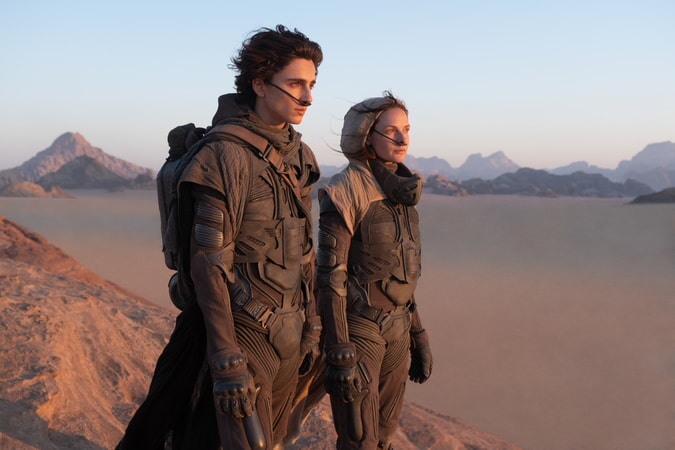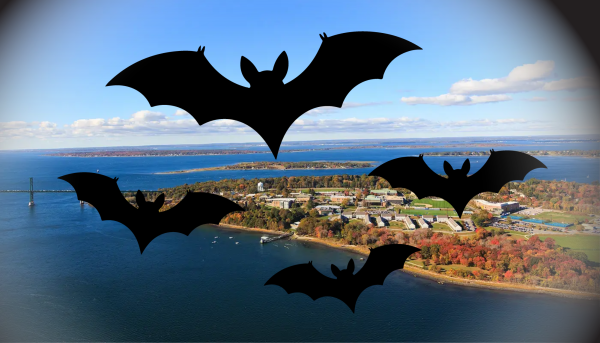‘Dune’: a desert scarce of true substance
“Dune” was released on Oct. 22 in theaters and on HBO Max. The science fiction film is based off the book of the same name written in 1965 by Frank Herbert.
“Dune,” the recently released sci-fi thriller directed by Denis Villeneuve, is an adaptation of the 1965 science fiction novel by Frank Herbert.
Featuring an all-star cast, including Timothée Chalamet, Rebecca Ferguson, Oscar Isaac, Josh Brolin, Jason Momoa and Zendaya, “Dune” is yet another adaptation of a novel whose film is split into two parts, following in the footsteps of 2017’s “It.”
While this format can be well-suited to some works, just because something has more time in the oven does not mean it will not come out burnt.
“Dune” tells the story of the noble House Atreides, who are assigned by the Emperor to replace House Harkonnen as rulers of the desert planet Arrakis. Arrakis is the only source of “spice” in the universe, a valuable resource that had made House Harkonnen filthy rich.
The son of the Duke, Paul Atreides, has been experiencing visions of the future in which he sees all of the people he cares about dead and is repeatedly haunted by dreams of a young girl with blue eyes, a trait exclusively held by the Fremen, the native people of Arrakis.
Behind the scenes, House Harkonnen plots to take back Arrakis from House Atreides and reclaim their spice empire, slaughtering everyone who stands in their way.
“Dune” is a little more than two and a half hours long. While most films would flourish under this time frame, due to the film encompassing only the first 40% of the original book, it often feels like it is dragging its feet to get to the point.
Normally, this could be allayed through good character development (in the vein of “It”) or frequent exciting action sequences, but in terms of these, the “Dune” leaves a lot to be desired.
The action sequences, while exciting and visually great, are far from frequent, and any character development is squandered.
This lack of development can most obviously be seen in the main character, Paul, who has nearly nothing to do in the movie and spends most of his time playing second fiddle to the rest of the cast. This does not give me a ton of confidence going forward, but I am hopeful that this ends up paying off in part two.
The other major thing that holds the movie back, besides the “first part” structure, is that the film is not as unique of a concept as it used to be. When the book first came out in 1965, “Dune” was a phenomenon, as it presented a type of sci-fi that most people had not been exposed to before (this was 12 years before the first “Star Wars” film was released).
But, in our current age of mainstream sci-fi, “Dune” is not as unique of a concept as it once was. The evil empire seeking to reclaim their territory and put down the opposing force combined with a “chosen one” narrative feels very redundant of “Star Wars,” while the characters trying to survive in a desert wasteland reminds viewers strongly of “The Martian.” The concepts just are not as special today as they were back then.
This is not to say that “Dune” is devoid of quality. The visuals are stunning, especially the creature effects and technology, and the choreography and cinematography are stellar.
Though the plot’s slow pace hinders the movie narratively, this structural choice gives the viewer a much larger and in-depth look at the universe of “Dune” than would otherwise be afforded. Also, the buildup adds a lot more weight to events that take place.
All the actors’ performances are great, and the soundtrack composed by Hans Zimmer is fantastic and always adds a ton of extra gravitas to any scene. “Dune: Part 2” is scheduled to be released in 2023.
“Dune” is currently showing in theaters, and is also available for streaming on HBO Max.







